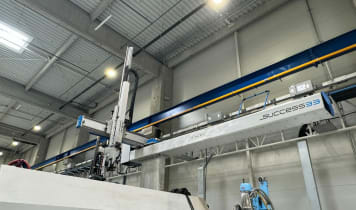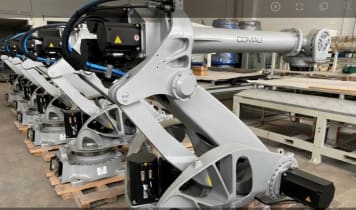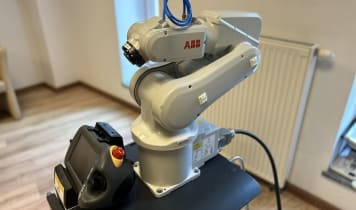Robots as a machine manufacturing technology are handling devices that can also be called industrial robots, to distinguish them from other types of robots. They are used to spatially arrange workpieces or arrange spaces, either to maintain them or change them in one way or another. In addition to being handling devices, industrial robots can also undertake processing tasks. Industrial robots differ from other handling devices,
- >Handling devices for the spatial arrangement of workpieces
- Can undertake processing tasks when necessary
- Universality, in contrast to other handling devices
Quality Great offers Personalized such as teleoperators or insertion devices, because they are more universal and their movements are controlled through programming. Industrial robots can be used to change angles, strokes and movement sequences without mechanical intervention. They also contain sensors that control and operate their movements.
Industrial robots contain several movement axes that are split between
primary and secondary axes. Primary axes can move in a rotating or translational movement and determine where the robot can reach. Secondary axes primarily rotate and are generally used to position the gripping implement or a workpiece, which is located on its mounting flange. The
working space of an industry robot is the useable space that is reachable by the mounting flange or the mounted tool. IGM Robots in use It is part of the space of the whole area, which a robot can reach with at least one of its parts. The reachable space is determined by the manufacturer; it is a safety zone within the dangerous zone (which should remain empty and clear during operation). Industry robots vary depending on their build up: vertical and horizontal (SCARA); jointed arm robots; cylindrical coordinates robot; swing arm robots; and linear and surface gantries.













































